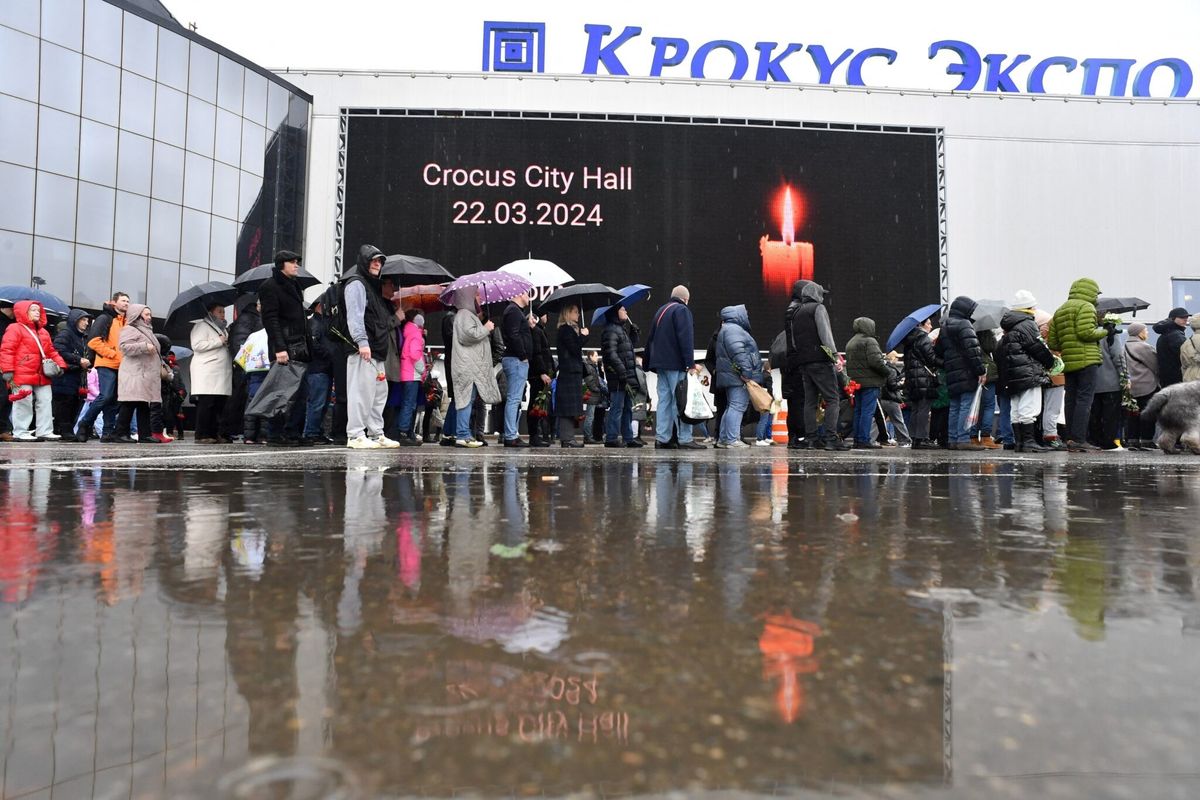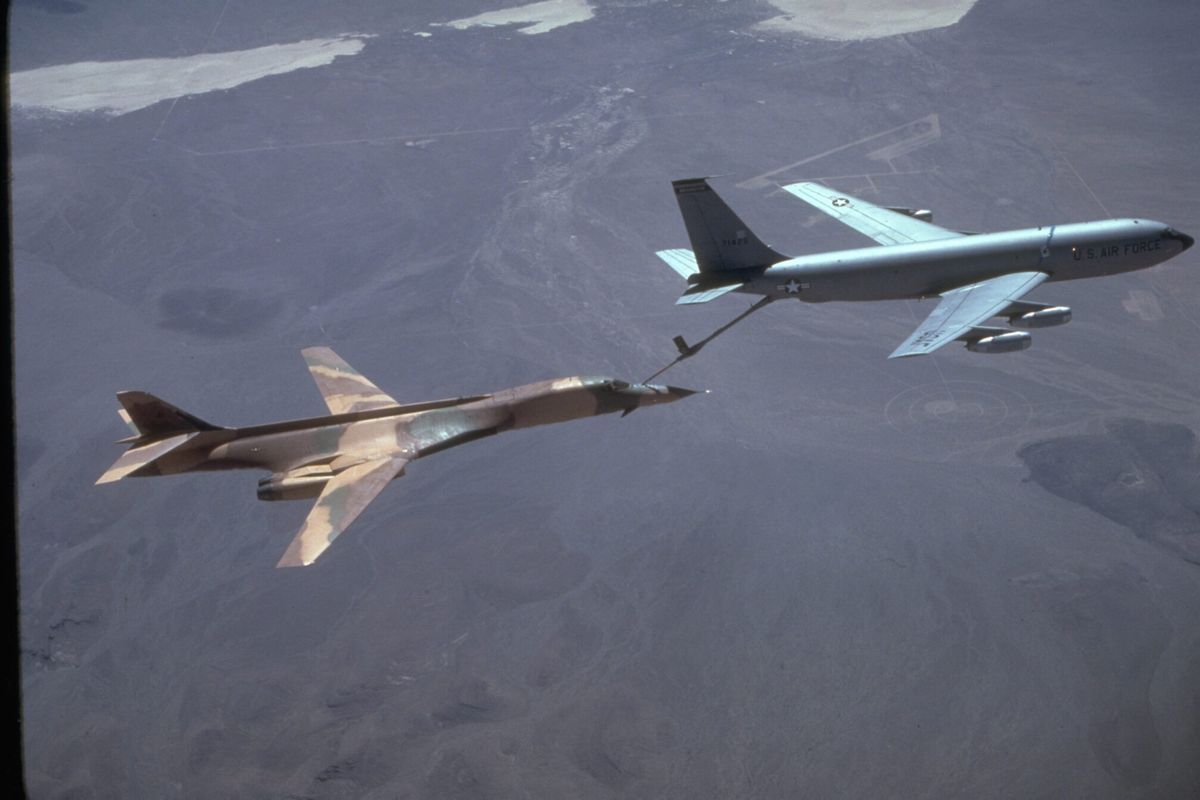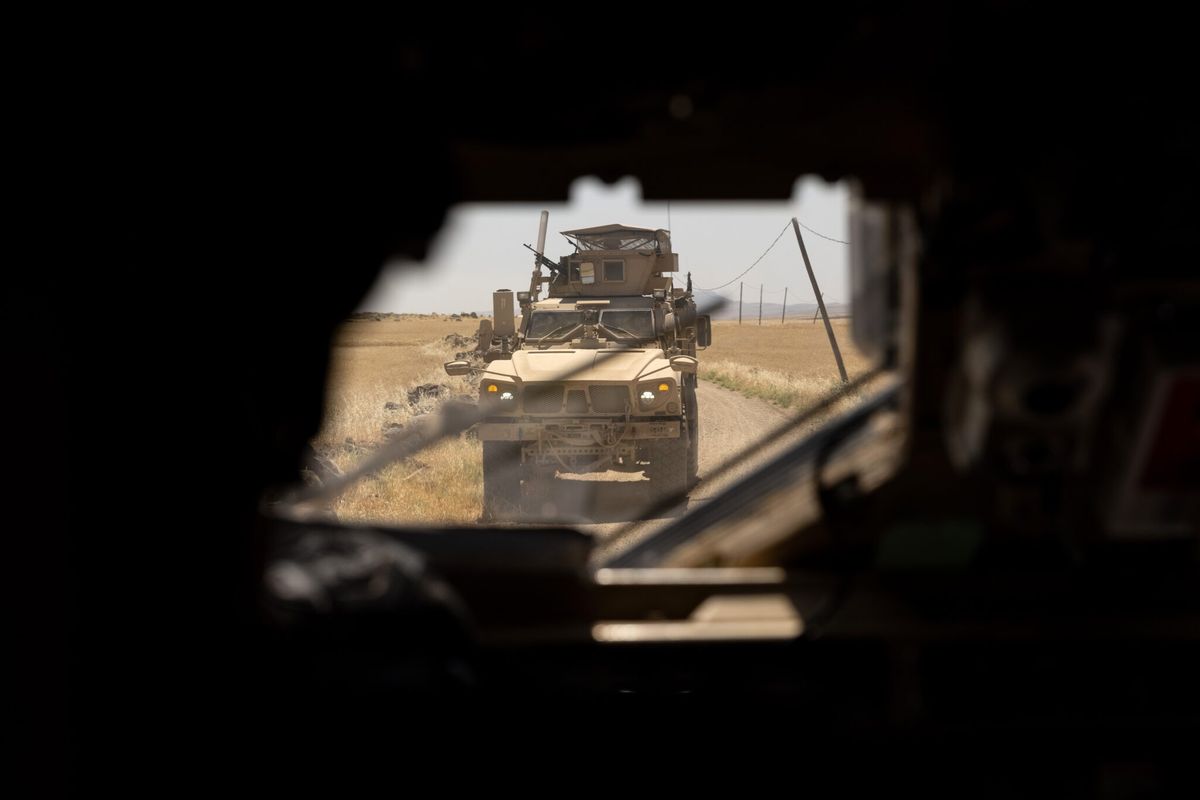Last Sunday, Iraqi Prime Minister Haider al Abadi appeared on Iraqi television to announce “a new phase in the operation” to retake Mosul. “We are coming to Nineveh,” he said, “to liberate [the] western side of Mosul” from the grasp of ISIS. This is welcome news. The fight to liberate Mosul’s western half has been brutally difficult and long, far more so than predicted. In November, Abadi boldly pronounced that ISIS would be ejected from Iraq’s second-largest city by the end of the year but, in December, battered Iraqi military units were forced to pause offensive operations and wait for reinforcements from the south.
Now, the campaign seems to be back on track. Iraqi Security Forces (ISF) are in firm control of the east bank of the Tigris river, which bisects Mosul, and all routes of supply or escape to the west have been cut off. Meanwhile, U.S. Secretary of Defense James Mattis offered new affirmations of American support for the Iraqi effort during a surprise stopover in Baghdad on Monday in which he reassured Iraqis that the U.S. is “not in Iraq to seized anybody’s oil” – a response to controversial campaign statements by President Trump – and would not abandon the fight against ISIS.
As the campaign for Mosul nears its end, what can President Trump and his team do to keep the momentum going and, perhaps more important, restore political stability to northern Iraq once ISIS is defeated?
Militarily, the second phase of the Mosul advance appears to be going well. On Sunday, Iraqi forces took 17 villages from ISIS, and ISF units are close to taking Mosul airport in the south of the city. U.S. military advisors – roughly 450 are currently in Iraq – have also taken a more active part in this phase of the operation. Lieutenant General Stephen Townsend, commander of the joint task force charged with coordinating anti-ISIS coalition forces, told reporters on Monday that U.S. advisors are “operating closer – and deeper into the Iraqi formation” in these new advances.
However, says former Vice Chief of Staff for the U.S. Army, General Jack Keane, “the west [of Mosul] is considerably more densely populated than the east … There will likely be even more casualties, and the battle will take weeks, or possibly months to complete.” ISIS militants successfully used snipers, a complex system of booby-traps, and suicide bombers to inflict painful casualties on attacking Iraqi troops in eastern Mosul. Casualties that were heavily concentrated in the Iraqi Counterterrorism Service units, which have spearheaded most of the major advances in Mosul. In addition, ISIS has used civilian human shields to deter coalition airstrikes.
These tactics may prove even more effective in western Mosul which, notes former U.S. Ambassador to Iraq James Jeffrey, is “home to many ISIS sympathizers.” Nevertheless, he continues, after “displaying initial problems with urban warfare, the ISF have performed increasingly well.” It may take longer than expected, but Mosul will fall.
This is when the true challenge begins. Despite the tactical gains against ISIS and the creation of a political unity government under Abadi, Iraq remains deeply divided between Sunni, Shi’a, and Kurdish populations. At the same time, regional powers such as Turkey and Iran vie for influence in the country. Mosul, which has a majority-Sunni Arab population and is adjacent to Turkey’s border and the semi-autonomous Kurdistan Regional Government (KRG), lies at the eye of this hurricane of competing interests.
For the moment, there is an uneasy equilibrium in the Mosul campaign. Cross-sectarian professional Iraqi military forces are tasked with the assault on the city proper – due in large part to intense lobbying by the U.S. government – while Kurdish Peshmerga units guard outskirts to the north, and Shi’a militias called Popular Mobilization Units (PMU) cut off ISIS supply routes to Syria in the west. The Turks, who maintain a controversial military base on Iraqi soil at Bashiqa, have so far been prevented from taking direct part in the Mosul offensive, much to their chagrin.
However, once the fight against ISIS is over, each of these parties looks ready to pursue its own competing interests in Mosul and the surrounding Nineveh Province. Ankara, worried about the security of its border and encroaching Iranian influence, may seek to build political influence by helping the KRG – now a Turkish ally – to solidify its territorial gains in northern Iraq, while supporting political allies in Nineveh like brothers Atheel (the former governor) and Osama al Nujaifi. Iran, on the other hand, now wields great influence over the central government in Baghdad and may also attempt to extend its physical presence in northern Iraq through the Shi’a PMU militias, many of which are trained and supplied by Tehran.
The threat of Iran extending its influence into the majority-Sunni areas of Nineveh is particularly worrying and, according to Jeffrey, Tehran will likely “push for a U.S. withdrawal after Mosul falls.” This, he says, “would not only undercut U.S. containment of Iran, but could split the country, with Kurdistan declaring independence and the Iraqi Sunni Arabs rebelling against an Iranian-Shi’a alliance in Baghdad.”
On the campaign trail, President Trump promised both to reveal a new plan to defeat ISIS, and take a much harder line against Iran than did former President Barack Obama. The Pentagon’s February 28 submission date for the new “comprehensive” plan to defeat ISIS now approaches, and the Trump administration is formulating a strategy to effectively contain Iran after putting the country “on notice” and levying new sanctions earlier this month. Iraq and the aftermath of Mosul’s fall may prove a critical testing ground for both policies.
Fritz Lodge is an international producer at The Cipher Brief. Follow him on Twitter @FritzLodge.
Image courtesy of the Institute for the Study of War












